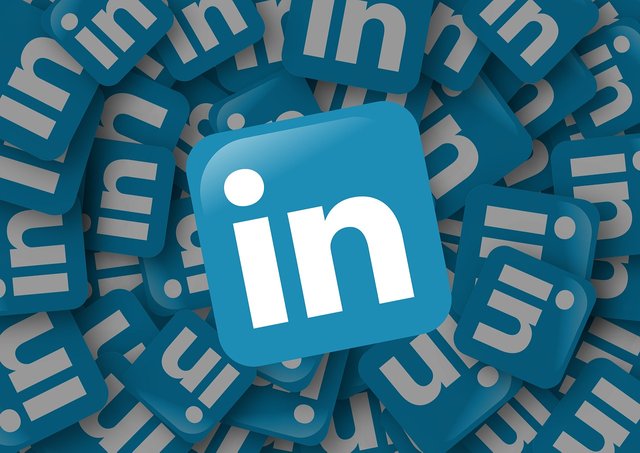
Remarketing can be defined as a marketing "second chance" for someone who has visited your website. If you're running a B2B business and someone visits your website to read an amazing article, blog, or whitepaper, but doesn't message you to request more information about your services. Instead, they just leave. Wouldn't it be great if you could advertise to that lead who got away? Of course I'd do it.
Is LinkedIn Remarketing Right For You?
If your business relies on lead generation and has a long sales cycle, it is critical that you engage with leads after receiving the initial lead. Don't let the leads you worked so hard to visit your website for slip away so easily. Remarketing can help you optimize your middle and bottom funnel channels and push users to convert.
Here are some areas to focus on when planning your LinkedIn remarketing strategy:
LinkedIn Lead Generation Forms
These forms allow you to capture a user's information with pre-filled fields and are a great way to interact with previous site visitors. This information can be automatically transferred to CRM platforms like Salesforce. Lead Generation forms can be used with the "Sponsored InMail" and "Sponsored Content" ad formats.
Sponsored InMail
Sponsored InMail messages are the paid counterpart to your regular InMail message. Sponsored InMails, if overused, can look like spam, but when done right, they can convert higher than any of LinkedIn's other ad options. Because these ads must come from a personal profile rather than a branded business page, people feel less like they're being sold and more like they can actually communicate with a company representative. Remember, customizing your InMail will make your sponsored content stand out from the rest.
Contact segmentation
LinkedIn reports a 37% increase in click-through rates for ads using contact targeting. You can create a custom audience by uploading your email address lists or using your own data. Once the list is loaded, your contacts become an audience that you can show your ads to. This targeting tool is undoubtedly a big step for marketers with a large collection of contacts.
Mid-funnel retargeting
Mid-funnel retargeting aims to promote relevant content to users who have already engaged with your company. Use content that reaffirms your company's value propositions. Another good option would be to display testimonials from current clients, unopened white papers, blogs, infographics, videos, and other engaging content. Be sure to choose "sponsored content" as your ad format due to its native appearance in a user's feed. Depending on the response you receive, you can create different segments for high-value leads who are close to converting, leads who might have gone cold, and leads who have just started talking to the sales team. Good content strategies are essential when dealing with longer sales cycles. It will be very valuable to test a variety of content at different stages of the funnel, someone who has just seen a product demo will consume different content than someone who downloaded a whitepaper.
Conclusion
Platforms like Facebook already have detailed remarketing options that allow advertisers to further customize their ads based on their audience. LinkedIn's full remarketing feature is expected to roll out in 2020. LinkedIn also aims to add more restricted geography-based targeting for cities, states, and countries. As marketers, it will be beneficial to stay ahead and optimize your digital strategy to reach your potential client base of over 500 million LinkedIn users as of 2019.
Read more - https://deck7.com/blog/tips-to-create-a-winning-linkedin-re-targeting-strategy?utm_source=Niranjan